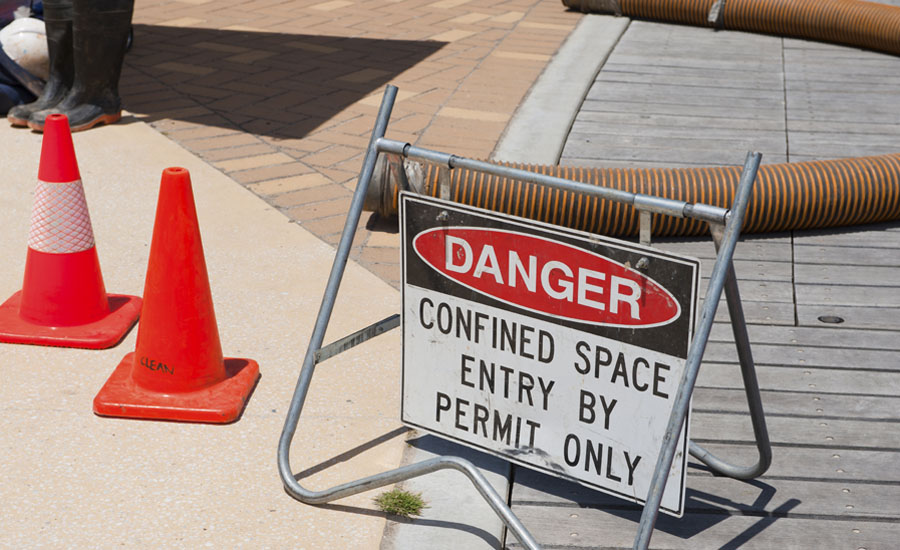Confined Space Entry Errors: Why do the errors keep reoccurring?

Why are we still talking and writing about confined space training a quarter century after OSHA issued its confined space standard for general industry in 1993?
Obviously there is no lack of information. A Google search for “confined space training requirements” yields more than a million results in less than half a second. Fatalities and OSHA violations receive local, regional, and national press. And OSHA’s training requirements are straightforward:
- Authorized entrants must know the identified hazards of permit-required confined spaces;
- Select appropriate PPE;
- Maintain communication with the outside attendant; and
- Leave the space immediately when ordered by the attendant; a prohibited condition exists; an automatic alarm sounds; or if the authorized entrant recognizes warning signs or symptoms of exposure.
As noted, authorized entrants must be trained to recognize these hazards. So why every year do we still read about confined space incidents and deaths?
“Safety Differently”
Relatively new thinking in occupational safety is called “Safety Differently.” “It is based on the premise that humans are error prone and not 100-percent mistake-free. Conventional thinking says trained workers will retain knowledge and apply it whenever necessary. But human nature is a “barrier” to the belief that training solves all.Here are some reasons why:
- A confined space may be evaluated incorrectly. People make mistakes, and when a confined space is mis-identified as hazard-free, training will never be given to employees.
- Many hazardous confined spaces are rarely entered. Training can be forgotten if a space is entered only once a year, or every two months.
- Conversely, familiarly breeds complacency, and confined spaces that are entered daily or several times a week – without incident – can give entrants a false sense of security.
- Conditions in confined spaces can change in a heartbeat, outpacing how entrants have been trained to respond. If someone goes into a grain bin with the auger running, they could be pulled in to their knees in 15 seconds and completely buried within 30 seconds.
- Pressure to get a tank cleaned quickly, a pipe unplugged, etc., can lead to shortcuts and not following training.
- Entrants can be distracted. An entrant in a grain bin is using a vacuum when a text is received. If the person reacts, he or she will typically put the hose in the grain at their feet. The vacuum sucks the grain out and pulls the person down as he or she reads and responds to the text.
“Safety Differently” emphasizes:
- Humans are fallible and expect mistakes to happen
- Don’t blame the victim
- Don’t “fix” the person who erred simply by re-training or punishment
- Learn from successes – in this case ask entrants and attendants what can be learned about all the confined space entries that go off without a hitch? What controls were effective? What procedures were effective? What are the components of a confined space entry system that align to produce safe entry, occupancy, and removal? Yes, training is certainly one of those components, but don’t over-rely on it.
Looking for a reprint of this article?
From high-res PDFs to custom plaques, order your copy today!









